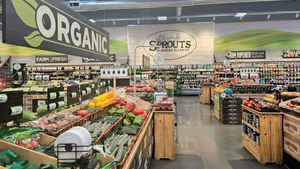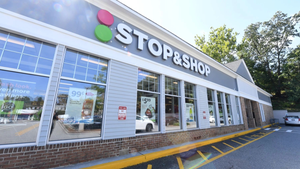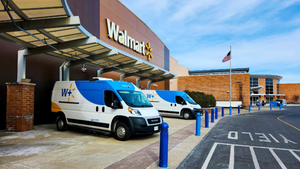A forum for contributed pieces from industry thought leaders, retailers, wholesalers and manufacturers. The views expressed are those of the authors.
Why grocery price controls aren’t the answerWhy grocery price controls aren’t the answer
They cause shortages, hoarding, illegal markets, favoritism, and other problems
August 21, 2024

James J. Hyland
James Hyland served as the vice president communications, public and government affairs for Roundy’s Inc., a wholly owned subsidiary of The Kroger Co. Since January 2013, he acted as the company’s chief spokesperson leading all communication efforts in the areas of investor relations, corporate communications, media relations, public and government affairs. He also worked extensively with local and national media as well as local and statewide public and government agencies. He retired on August 1, 2023.
“Those who fail to learn from history are doomed to repeat it” —Winston Churchill.
Prescient words from the former prime minister. Vice President Kamala Harris need only look to history to appreciate the irrationality of price controls. The VP’s plan to implement price controls, if elected, does not have a stellar past in terms of success.
It’s no secret food prices in the United States have risen at a historic pace since mid-2021. However, contrary to the VP’s concern, grocery prices are determined by market forces not by greed. Prices are determined by supply and demand. Supply reflects the costs of production; demand reflects consumer preferences and incomes.
First, on the supply side, the pandemic created supply chain disruption. Higher transportation costs, labor shortages, changes in climate affecting crop yields, avian flu outbreaks, grain price increases resulting from the Russian-Ukraine Conflict, higher wages and other variables are some of the factors resulting in higher food prices.
Second, on the demand side, trillions of dollars of government stimulus flooded the economy during and post pandemic. These massive stimulus injections greatly increased demand in a supply-constrained economy resulting in rampant inflation. Basic economic theory tells us if demand exceeds supply, prices will rise. Conversely, if demand falls short of supply, prices decline.
There are many examples across the globe illustrating the failure of price controls. However, we need look no further than our own country for a prime example of price control failure. I’m old enough to remember being stuck in gas lines in ’73 –’74 due to Nixon’s failed attempt at wage and price controls during OPEC’s production cuts and oil embargo.
The result of Nixon’s wage and price control policies were an abysmal failure and did nothing to ease supply shortfalls. Noted economist Milton Friedman summed it up best, “If you want to create a shortage of tomatoes, for example, just pass a law that retailers can’t sell tomatoes for more than two cents per pound. Instantly you’ll have a tomato shortage. It’s the same with oil or gas.”
As I stated above, price controls are not the answer. They cause shortages, hoarding, illegal markets, favoritism, and other problems. The grocery industry is not the villain here. A few years ago, grocers were front-line, essential workers who kept America fed during a horrific pandemic. They were the unsung heroes of the pandemic. As one who proudly represented grocers in my state, it saddens me that a negative view of the grocery industry has entered the public forum.
What often times seems to be missing from food-price inflation discussions is the fiscal aspect. Democrats and Republicans need look no further than the mirror to understand inflation cause and effect. My advice to whatever party wins in November is this — stop printing money without restraint, it’s a formula that doesn’t compute.
You May Also Like




